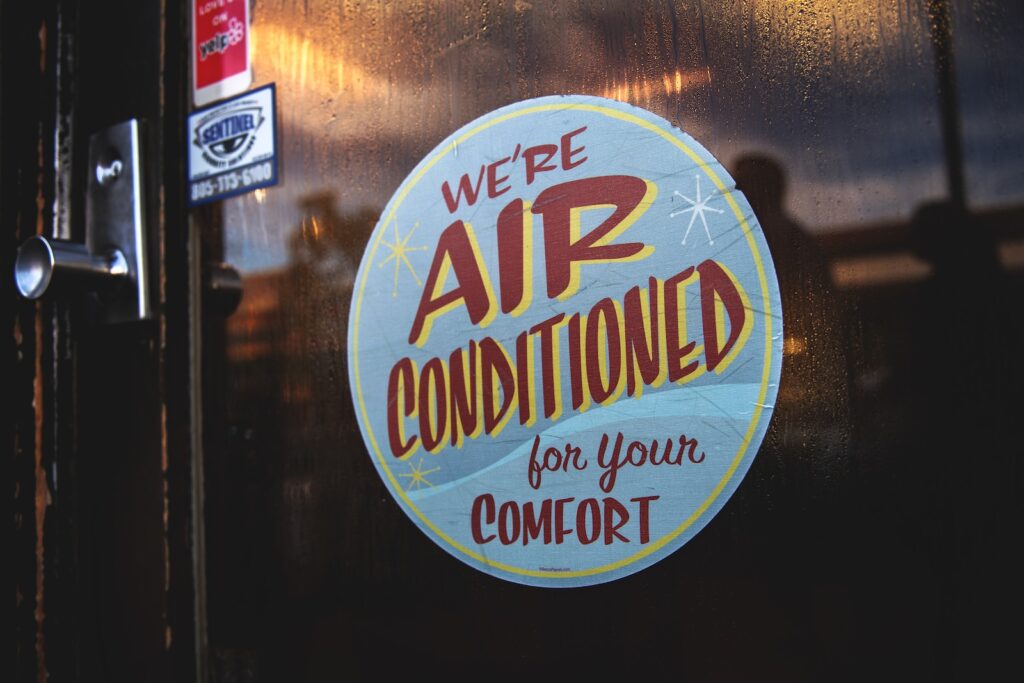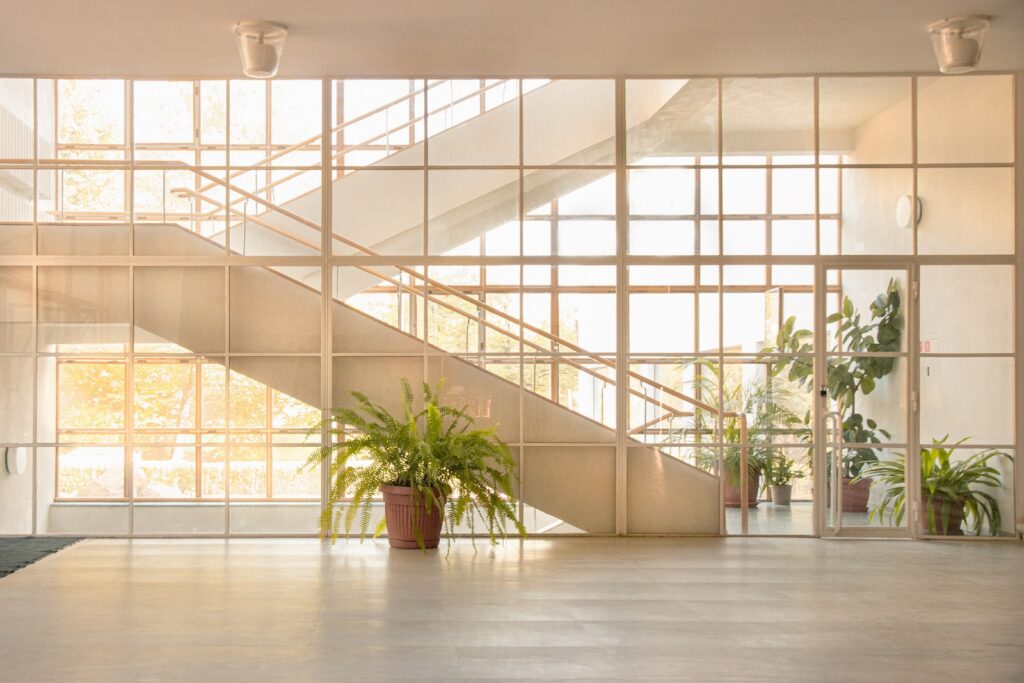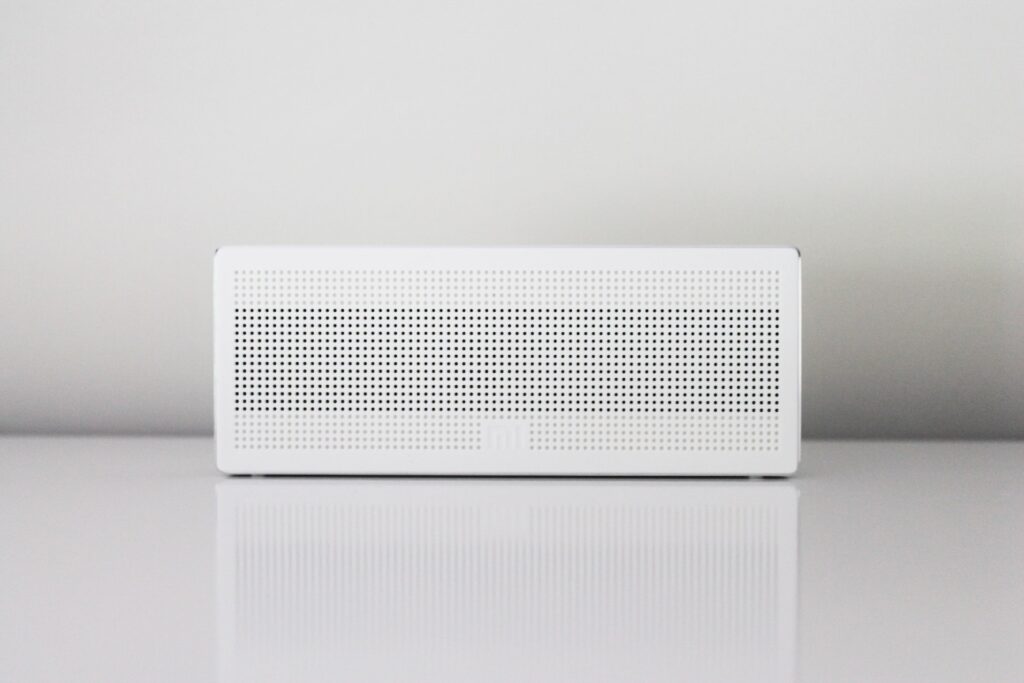Rated & Reviewed is reader-supported. When you buy through links on our site, we may earn an affiliate commission. Learn more.
Congratulations on taking the proactive step of integrating an air purifier into your living space! These sleek devices are not just sleek additions; they’re your partners in the quest for cleaner, healthier indoor air. But here’s the deal: owning an air purifier comes with a bit of responsibility. Just like any hero needs maintenance to stay in top form, your air purifier requires proper care to perform at its best. In this article, we’re diving into the nitty-gritty of maintenance and usage tips for air purifiers, ensuring that you’re making the most of this air-cleaning sidekick.
How to Clean and Maintain an Air Purifier
Let’s face it – your air purifier is working hard day and night to capture those pesky particles and pollutants. Over time, all that hard work can lead to a buildup of dust and debris on its filters and surfaces. That’s where regular cleaning comes into play. Before you roll up your sleeves, remember to unplug the device to ensure your safety.
Cleaning the Filters: The filters are the unsung heroes of your air purifier. Depending on the model, you might have a pre-filter, HEPA filter, or activated carbon filter. Regularly vacuuming or washing the pre-filter can extend the life of the main filters. When it’s time for a deeper clean, follow the manufacturer’s instructions to gently wash and dry the filters.
Exterior Cleaning: Don’t forget about the outer shell of your air purifier. Dust and grime can accumulate on its surface too. Simply wipe down the exterior with a soft, damp cloth to keep it looking spick and span.

Frequency of Maintenance
Air purifiers aren’t the type to nag, but they do appreciate some timely attention. The frequency of maintenance tasks can vary based on factors like usage and indoor air quality. A general rule of thumb is to check the filters every few weeks for visible buildup. If you notice a substantial decrease in airflow or a change in the air quality, it might be time for a more thorough cleaning.
Filter Replacement: One of the most critical aspects of maintenance is filter replacement. Filters have a lifespan, and they become less effective over time. HEPA filters generally need replacement every 6 to 12 months, while activated carbon filters might need more frequent changes – usually every 3 to 6 months. Following the manufacturer’s recommendations ensures that your air purifier continues to perform optimally.
Table: Recommended Filter Replacement Intervals
| Filter Type | Recommended Replacement Interval |
|---|---|
| Pre-Filter | Every 1-3 months |
| HEPA Filter | Every 6-12 months |
| Activated Carbon Filter | Every 3-6 months |
| UV-C or Ionization Technology | Consult Manufacturer’s Guidelines |
Indicator Lights: Many modern air purifiers come equipped with indicator lights that signal when it’s time to clean or replace filters. Pay attention to these alerts as they’re designed to help you maintain the device effectively.
By investing a bit of time in regular maintenance, you’re ensuring that your air purifier remains a reliable ally in maintaining cleaner air quality. Stay tuned as we delve into optimal placement strategies and how to determine the right running time for your air purifier in the upcoming sections. Your commitment to maintaining your air purifier’s top-notch performance is a step toward a healthier and more comfortable living environment.
Optimal Placement for Effectiveness
Just like location matters in real estate, it’s equally essential for your air purifier. Where you place it can significantly impact its efficiency in purifying the air around you.
Table: Air Purifier Placement Strategies
| Placement Location | Advantages | Considerations |
|---|---|---|
| Central Position | Even air distribution | Avoid obstructing furniture or walls |
| Elevated Position | Enhanced coverage | Ensure stability and secure placement |
| Away from Drafts | Consistent purification | Avoid direct exposure to drafts |
| Avoiding Obstructions | Unobstructed airflow | Maintain adequate distance from objects |
Central Location: Ideally, position your air purifier in a central location within the room. This allows for better air circulation and more even distribution of clean air throughout the space.
Avoid Obstructions: Ensure that there are no obstacles obstructing the airflow around the air purifier. Placing it near walls or furniture can hinder its ability to draw in and circulate air effectively.
Avoid Drafts: While central placement is crucial, avoid placing the air purifier directly in the path of drafts from windows, doors, or vents. These drafts can disrupt the device’s ability to purify the air consistently.
Elevated Placement: Placing your air purifier at a slightly elevated position, such as a table or shelf, can help improve its overall coverage by allowing it to capture airborne particles more effectively.
By strategically placing your air purifier, you’re ensuring that it works optimally to improve the indoor air quality in your living space.
Running Time for Best Results
You might be wondering, “How long should I run my air purifier to reap the maximum benefits?” The answer depends on various factors, including your specific needs, the air quality of your environment, and the capacity of your air purifier.
Continuous Operation: Many air purifiers are designed for continuous operation. Running your air purifier round the clock ensures that it consistently maintains cleaner air, especially if you’re dealing with persistent pollutants like allergens or odors.
Sleep Mode and Quiet Operation: Some air purifiers have sleep mode settings, which reduce fan speed and noise levels while maintaining adequate air purification. This is perfect for nighttime operation when you want a peaceful sleep environment.
Usage During High Pollutant Times: Consider running your air purifier during times of the day when indoor air quality might be compromised. For example, if you’re cooking, using cleaning products, or during allergy seasons, having the air purifier on can help manage pollutant levels.
Ultimately, the running time of your air purifier should align with your comfort and needs. Be sure to refer to the manufacturer’s recommendations and explore the settings available on your specific model.
Filter Replacement and Types
Now that you’ve learned the importance of maintaining your air purifier, let’s take a closer look at filter replacement. Filters play a vital role in capturing and removing airborne particles, allergens, and pollutants from the air. However, their effectiveness diminishes over time, making timely replacement crucial for consistent performance.
Types of Filters: Air purifiers may use various types of filters, each specializing in specific tasks. HEPA filters excel at trapping small particles like dust, pollen, and pet dander. Activated carbon filters target odors, gases, and volatile organic compounds (VOCs). Understanding the functions of different filters helps you appreciate their contribution to cleaner air.
Regular Checkups: Set a schedule to inspect your filters regularly. While some air purifiers come with indicator lights, visually checking for dust buildup can provide valuable insights. If you notice that the filter appears discolored or excessively dirty, it’s a sign that replacement is due.
Following Manufacturer Guidelines: Manufacturers provide specific guidelines for filter replacement intervals. These recommendations are based on factors like filter type, usage, and indoor air quality. Adhering to these guidelines ensures that your air purifier maintains optimal efficiency.
Indicator Lights and Notifications
Air purifiers have evolved with technology, making maintenance even more user-friendly. Many modern models feature indicator lights and notifications that inform you when it’s time to clean or replace filters. These features simplify the maintenance process and ensure that your air purifier remains effective.
Filter Change Alerts: Indicator lights on your air purifier illuminate when filters need attention. Different models may have varying color codes or blinking patterns to convey specific messages. Consult your user manual to decipher these signals.
Resetting After Replacement: After replacing a filter, remember to reset the indicator light. This ensures that the device accurately tracks the lifespan of the new filter. The user manual will provide clear instructions on how to reset the indicator.
Enhanced User Experience: Indicator lights take the guesswork out of filter maintenance. Instead of guessing when it’s time to clean or replace, your air purifier communicates its needs clearly, enhancing your overall experience.
Wrapping Up Air Purifier Maintenance
Maintaining and using your air purifier effectively isn’t just a chore; it’s a commitment to healthier living. By regularly cleaning filters, replacing them as needed, and positioning your air purifier strategically, you’re investing in the quality of the air you breathe. The indicator lights and notifications act as your helpful companions, guiding you through maintenance with ease.
Remember that air purifiers work tirelessly to create a cleaner environment, but they rely on your care to perform optimally. In the upcoming sections, we’ll explore optimal placement strategies and the significance of running time for your air purifier. Your dedication to maintaining your air purifier’s performance sets the stage for a fresher, more comfortable living space for you and your loved ones. Stay tuned for more insights on ensuring your air purifier’s effectiveness and longevity.
FAQs About Air Purifier Maintenance and Usage
How often should I clean my air purifier filters?
Regularly inspect and clean filters every few weeks. More thorough cleaning might be needed if airflow decreases or air quality changes.
When should I replace my air purifier filters?
HEPA filters generally need replacement every 6 to 12 months, while activated carbon filters need changing every 3 to 6 months. Refer to manufacturer guidelines.
What do indicator lights on air purifiers mean?
Indicator lights signal maintenance needs. They illuminate when filters require cleaning or replacement, making upkeep easier.
Can I extend filter lifespan by cleaning them?
Yes, for certain filters like pre-filters. Vacuum or wash them to extend life. But remember, thorough replacement is necessary to maintain effectiveness.
How do I reset the indicator light after replacing filters?
Consult your air purifier’s user manual. Resetting the indicator ensures accurate tracking of your new filter’s lifespan.
Is it okay to use the air purifier continuously?
Yes, many air purifiers are designed for continuous operation. You can also use sleep mode settings for quieter nighttime purification.
What’s the benefit of elevating the air purifier?
Elevating the purifier slightly can enhance coverage and capture airborne particles more effectively.
Can I ignore indicator lights if my air purifier seems fine?
Indicator lights are crucial for timely maintenance. Ignoring them might lead to decreased performance and air quality.
Are air purifiers high-maintenance devices?
Regular maintenance is essential for optimal performance, but it’s not overly demanding. It’s a small effort for cleaner indoor air.
How does proper placement impact air purifier effectiveness?
Proper placement ensures even air distribution and better circulation. It prevents obstruction and maximizes the device’s capabilities.
Amazon and the Amazon logo are trademarks of Amazon.com, Inc, or its affiliates.


